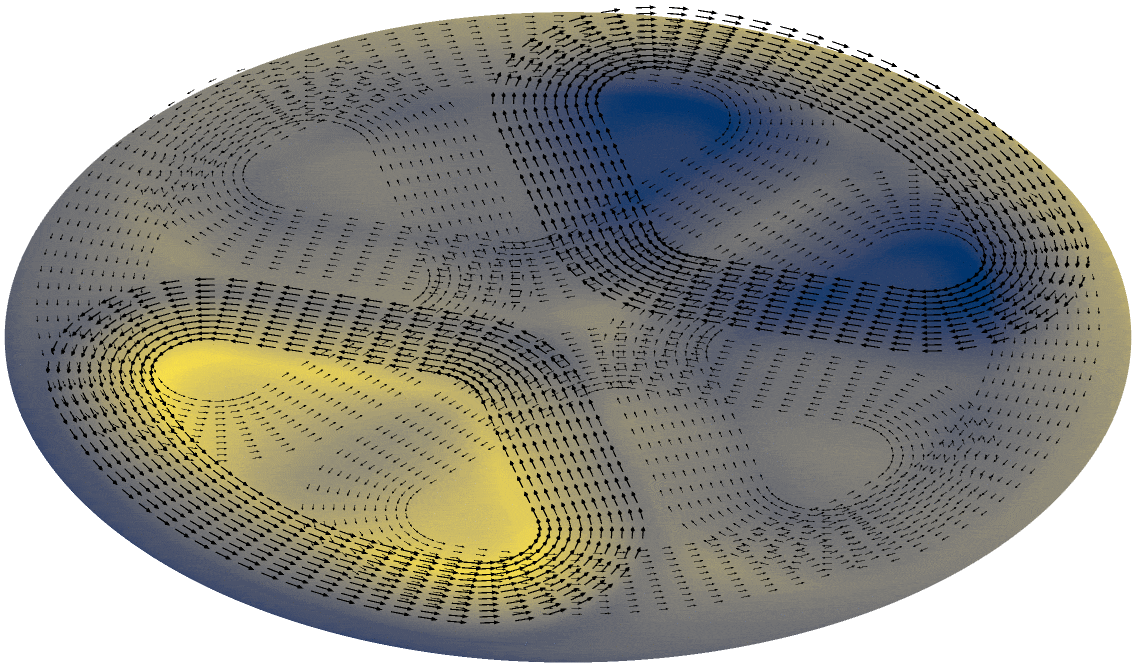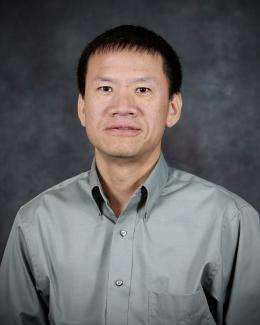
Oak Ridge National Laboratory researchers created and tested new wireless charging designs that may double the power density, resulting in a lighter weight system compared with existing technologies, while maintaining safety. The hands-free method includes a set of two charging coils—one to be affixed underneath an electric vehicle and the other at ground level. When the coils are aligned, the power transferred charges the vehicle’s battery. The team’s designs, described in a recent study, include a three-phase system that features rotating magnetic fields between layers of coils. “The layered coil design transfers power in a more uniform way, allowing for an increase in power density,” ORNL’s Jason Pries said. The three-phase system has successfully transferred 50 kilowatts with 95% efficiency. “As we scale up the system to transfer up to 300 kilowatts, the specific power is expected to improve as well.” This research brings the team another step closer to fully charging an EV in 20 minutes.



